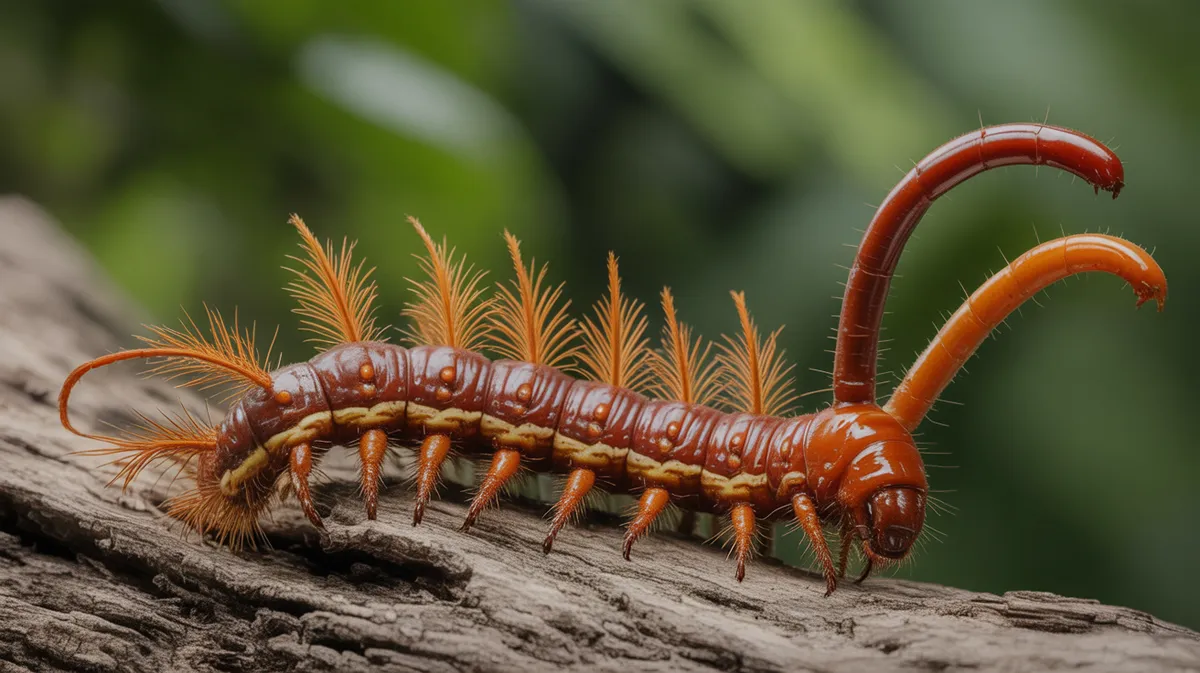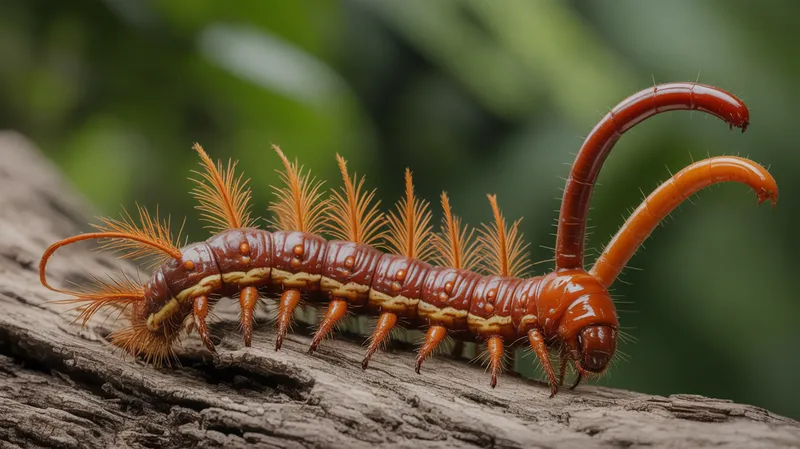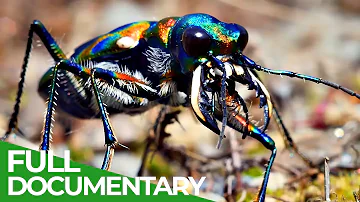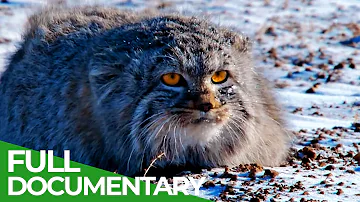
Scarlet caterpillar club
Cordyceps militaris

Meet the Scarlet caterpillar club
The scarlet caterpillar club is a striking parasitic fungus known for its vivid orange-red, club-shaped fruiting bodies. It primarily infects the pupae or larvae of moths and butterflies, emerging from the host’s body as a slender, cylindrical stalk. Native to temperate regions, it is most often found in leaf litter, moss, or rotting wood in forests. Its unusual life cycle and bright coloration make it a fascinating subject for mycologists and nature enthusiasts alike.
Classification
Invertebrate
Habitat
Deciduous and mixed forests
Diet
Parasitic
Lifespan
1-3 months (fruiting body stage)
Conservation
Least Concern
Weight
Less than 1 gram
📖Fascinating Facts
Parasitic Lifestyle
Cordyceps militaris specifically infects and consumes the bodies of caterpillars and insect pupae, eventually replacing their tissue with its own.
Vivid Appearance
Its fruiting body is a brilliant orange-red club, often standing out dramatically on the forest floor.
Ecological Role
By controlling insect populations, this fungus helps maintain balance in forest ecosystems.
📋Detailed Description
Cordyceps militaris, commonly known as the scarlet caterpillar club, is a parasitic ascomycete fungus notable for its vivid orange to red, club-shaped fruiting bodies (stromata), which typically range from 2 to 8 cm in height and 0.2 to 0.8 cm in diameter. The fruiting body emerges from the mummified remains of lepidopteran larvae or pupae, often protruding from the soil or leaf litter where the host died. Microscopically, the fungus produces cylindrical asci containing thread-like ascospores, which are forcibly ejected to aid dispersal. The internal tissue of the stroma is composed of tightly packed hyphae, and the surface is often covered in minute, flask-shaped perithecia where sexual reproduction occurs. Cordyceps militaris is primarily found in temperate regions across Europe, Asia, and North America, favoring moist, shaded environments rich in decaying organic matter. It is most frequently encountered from late summer to early winter. The fungus is strictly entomopathogenic, meaning it is specialized to infect and kill insects, particularly moth and butterfly larvae. Its life cycle is intimately tied to the availability of suitable hosts, and it plays a role in regulating insect populations within forest ecosystems. The striking coloration and unusual emergence from insect hosts make it a subject of fascination for naturalists and researchers alike.
💡 Did you know?
Despite being a fungus, the scarlet caterpillar club spends much of its lifecycle hidden inside insect larvae or pupae before bursting forth as a bright fruiting body.
🔬Research & Sources
🎭Behavior & Social Structure
Cordyceps militaris exhibits a highly specialized parasitic behavior. Its spores land on or near a susceptible insect host, typically the larva or pupa of a moth or butterfly. Upon contact, the spores germinate and penetrate the host's cuticle, spreading mycelium throughout the body. The fungus manipulates the host's behavior, often causing it to move to a more favorable microhabitat for fungal development before succumbing. Once the host is killed, the fungus consumes the internal tissues, eventually producing its fruiting body that emerges from the host's exoskeleton. There is no social structure or interaction between individual fungi; each infection is independent. Cordyceps militaris does not actively seek out hosts but relies on passive spore dispersal and environmental conditions to encounter new insects.
👶Reproduction & Life Cycle
Cordyceps militaris reproduces sexually via the production of perithecia within its fruiting body, where ascospores are formed. The reproductive cycle is closely linked to the availability of suitable insect hosts and environmental factors such as humidity and temperature. After the host is colonized and killed, the fungus develops its fruiting body, which matures over several weeks. Ascospores are then forcibly discharged into the environment, where they may infect new hosts. There is no parental care, as the fungus relies entirely on its host for development and dispersal. The main reproductive season coincides with the late summer and autumn months, aligning with the abundance of lepidopteran larvae and pupae.
🛡️Adaptations & Survival
Cordyceps militaris possesses several remarkable adaptations for its parasitic lifestyle. Its spores are equipped with enzymes capable of degrading the tough insect cuticle, facilitating host invasion. The fungus can manipulate host behavior, a phenomenon known as 'summit disease,' causing the infected insect to seek elevated or exposed positions that favor spore dispersal. The bright coloration of the fruiting body may deter fungivores or serve as a warning of toxicity. Additionally, the fungus produces a range of bioactive compounds, including cordycepin, which may help suppress host immune responses and outcompete microbial rivals. Its ability to thrive in cool, moist environments and utilize a wide range of lepidopteran hosts contributes to its ecological success.
📚Research Sources
🎨Cultural Significance
Cordyceps militaris has a long history of use in traditional medicine, especially in East Asia, where it is valued for its purported health benefits, including immune modulation, anti-inflammatory, and anti-cancer properties. It is sometimes cultivated commercially as a substitute for the more expensive Cordyceps sinensis. In folklore, the fungus is often associated with themes of transformation and the cycle of life and death, owing to its dramatic emergence from insect hosts. Its unique life cycle has inspired numerous studies and artistic depictions, symbolizing the interconnectedness of life forms.
🔬Recent Research & Discoveries
Recent research on Cordyceps militaris has focused on its pharmacologically active compounds, particularly cordycepin (3'-deoxyadenosine), which exhibits anti-tumor, anti-inflammatory, and anti-microbial activities. Genomic studies have shed light on the molecular mechanisms underlying host infection, behavioral manipulation, and secondary metabolite production. Advances in cultivation techniques have enabled large-scale production for medicinal and research purposes. Ongoing studies are investigating its ecological role in forest ecosystems, potential as a biological control agent against pest insects, and the evolutionary relationships within the Cordyceps genus.
🎥Wildlife Videos

The Fascinating World of Insects | Full Documentary
We've all got bug-bears about the insect world, they can be pretty annoying, buzzing, biting and being creepy – but without our ...
Free High-Quality Documentaries

Strategy of Life | Part 1: Nature's Selection | Free Documentary Nature
Strategy of Life - Part 1: Nature's Selection | Wildlife Documentary Watch 'Strategy of Life - Part 2' here: ...
Free Documentary - Nature

The Wildlife of Costa Rica | Free Documentary Nature
The Wildlife of Costa Rica | Wildlife Documentary Watch 'Animal Armory - Survival in the Wild' here: ...
Free Documentary - Nature

Wildlife Instincts: Pallas's Cat - Master of the Plains | Free Documentary Nature
Wildlife Instinct - Episode 1: Pallas's Cat - Master of the Plains | Free Nature Documentary Watch "Wildlife Instincts: Survival ...
Free Documentary - Nature

Cordyceps: attack of the killer fungi - Planet Earth Attenborough BBC wildlife
Sir David Attenborough and the Planet Earth team discover the weird world of the Cordyceps; killer fungi that invades the body of ...
BBC Studios

Wildcats - A Global Journey | Full Series | Free Documentary Nature
Wildcats - A Global Journey | Full Series | Wildlife Documentary Watch 'Wild Canada - Nature's Untamed Beauty | Full Series' ...
Free Documentary - Nature
🌍Habitat Information
The Scarlet caterpillar club typically inhabits Deciduous and mixed forests environments. Scarlet caterpillar clubs have adapted to their environments with specialized features and behaviors.
Primary Habitat:
Deciduous and mixed forests
More detailed habitat information will be available soon.
🛡️Conservation Status
The Scarlet caterpillar club is currently classified as Least Concern. Conservation efforts are crucial for preserving this species for future generations.
Common Threats:
- 🏠Habitat loss and fragmentation
- 🌡️Climate change impacts
- 🎯Hunting and poaching
- 🏭Human-wildlife conflict
⚠️Threats & Conservation Challenges
Currently, Cordyceps militaris is not considered threatened and is classified as Least Concern. However, potential threats include habitat loss due to deforestation, changes in forest management, and declines in host insect populations caused by pesticide use or climate change. Overharvesting for medicinal or commercial purposes, particularly in regions where Cordyceps species are valued, could also pose localized risks. Despite these challenges, the species remains widespread and relatively abundant in suitable habitats, with no significant evidence of population decline.
🔬Scientific Classification
Scientific Name
Cordyceps militaris
Classification Hierarchy
🔍 About Taxonomic Classification
Taxonomic classification is a hierarchical system used by scientists to classify and organize living organisms based on shared characteristics and evolutionary relationships.
The system moves from broad categories (Kingdom) to increasingly specific ones, with each animal's scientific name typically consisting of its Genus and species.
📝Community Notes
Share your observations and insights about the Scarlet caterpillar club with our community of wildlife enthusiasts.
Join Our Community
Sign in to share your observations and connect with fellow wildlife enthusiasts.
Sign In to ContributeNo community notes yet
Be the first to share your observations about the Scarlet caterpillar club!
Explore Scarlet caterpillar club
Select a tab above to learn more about this amazing animal.
📸Photo Gallery
No photos available for this animal yet.
🌟Discover More Wildlife
Continue your journey of discovery with more fascinating animals from our database
